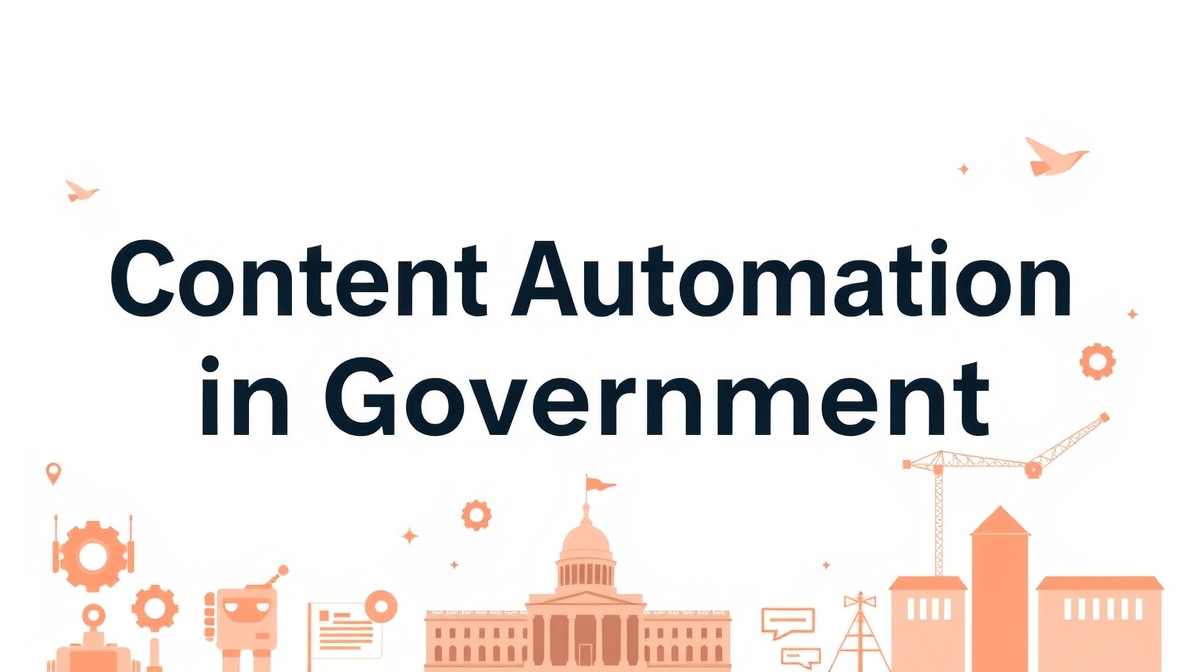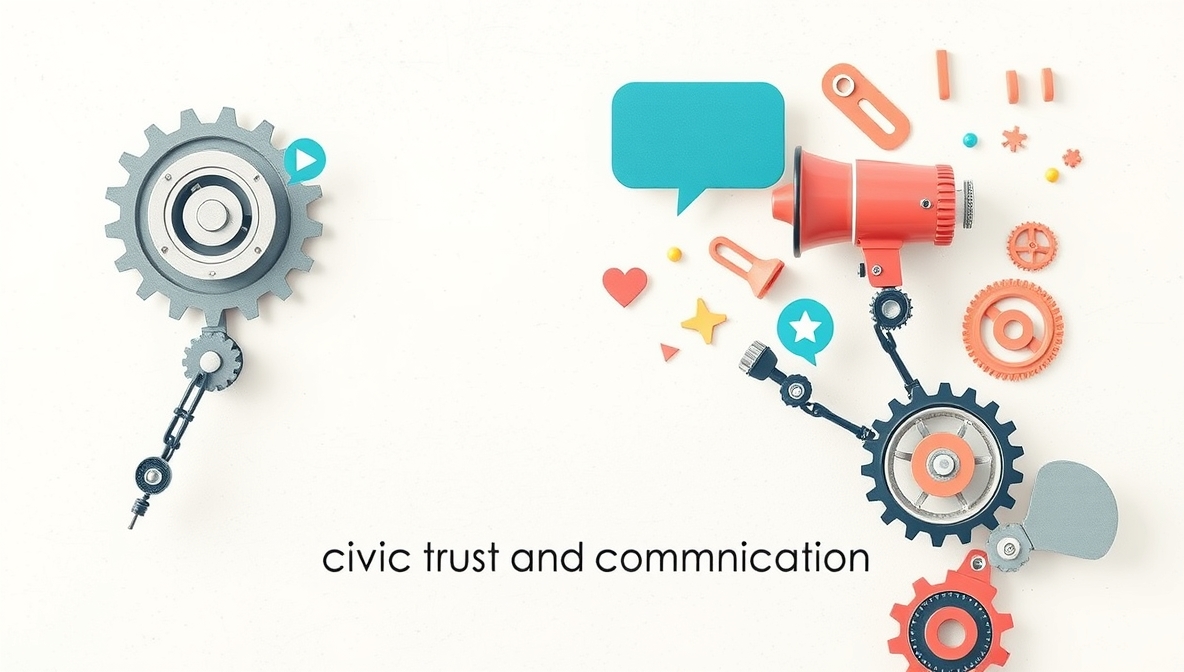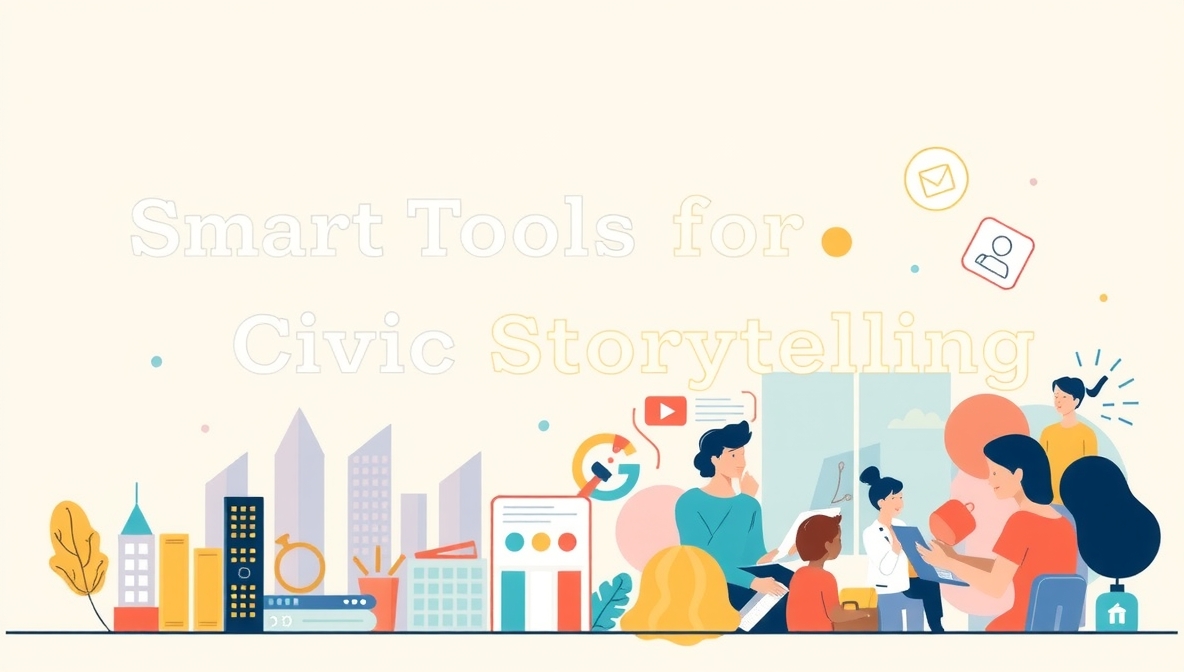Singapore’s public sector stands at a crossroads—technology and trust collide, and AI Marketing and AI Content Generation are reshaping the contours of communication. Imagine ministries no longer bound by generic press releases but empowered by agile, audience-centered content automation. That’s the juncture where iSmart Communications Services—a powerhouse in AI-powered marketing—comes into play. With roots in B2B lead generation and content automation, their methods offer a glimpse of how public agencies can transform civic outreach. This blog unpacks how Singapore’s public sector can embrace content automation—through tools like conversational bots, generative narratives, and targeted campaigns—deepening citizen engagement while upholding transparency, trust, and the ethos of a Smart Nation.

Automating with Purpose: Defining Content Automation for Government
When public agencies shift from canned bulletins to dynamic, tailored communication, that’s content automation. Your citizens ask, and a chatbot fueled by AI Content Generation responds—almost instantly, accurately, sometimes in multiple languages. Agencies don’t need lines of code; just orchestrated tools and policies. This mirrors how iSmart Communications Services use AI Marketing to push timely, relevant content across channels. Imagine applying the same approach in town halls, feedback loops, and policy explainers—where automation doesn’t replace humanity; it elevates clarity. Decisions move faster, reaches go deeper, and engagement becomes meaningful through machine-assisted personalization calibrated to public needs.

Why Content Automation Matters in Civic Trust and Communication
Citizens today expect more than authority—they demand relevance, responsiveness, and relatability. Conventional comms are slow, generic, and opaque. But with AI Marketing-style automation, public sector messages become real-time, personal and inclusive. Think of public health updates in multiple dialects, or explanations of policy shifts optimized for sections of the population—this is where iSmart Communications Services shine in the private sphere, and it’s exactly what government must replicate. More than volume, it’s the math of timing and tone that builds trust. Automation dovetailed with public intent means citizens are heard, informed, and empowered.

Smart Tools for Civic Storytelling
In storytelling, rhythm and reach matter. In Singapore’s public sector, applying generative content tools and chatbots—hallmarks of AI Content Generation—transforms announcements into dialogues. Picture a virtual assistant that explains the benefits of a new housing policy, suggests budget-friendly schemes, or crafts a quick summary for tenants—without human fatigue. To drive this, smart agencies can adopt frameworks akin to iSmart Communications Services, deploying multi-channel distribution, segmented messaging, and HubSpot-like automation, but fine-tuned for public-interest narratives. The result? Civic content that’s immersive, inclusive, and endlessly scalable.

Navigating the Risks: Ethical Boundaries and Oversight
Automation isn’t neutral; it carries risks. Without strong guardrails, AI Marketing tools can misinform or alienate. Generative content needs bias audits, human-in-loop oversight, and transparency disclosures. As iSmart Communications Services operate within PDPA compliant confines, their best practices—data privacy, consent, and ethical targeting—must inform municipal adoption. Public agencies must couple automation with accountability: clear audit trails, oversight committees, and bias-test protocols. This isn’t about paranoia; it’s gritty, real-world vigilance—where automation accelerates engagement, but only under the watchful eye of ethical design.

Structural Integration: Embedding Automation within Governance
Singapore’s success in digital government isn’t accidental. It stems from rigorous frameworks like the Smart Nation plan and the Government Enterprise Architecture, which align systems, data, and governance. Now, content automation must be woven into these frameworks—not dropped in ad-hoc. Institutionalizing the AI Content Generation engine, with compliance, shared data standards, and cross-ministry coordination, ensures coherence and operational resilience. Think of a central ‘civic content hub’ that feeds policy-generated updates via chat, email, and social—based on citizen segmentation models—akin to AI Marketing funnels in private agencies. That’s structural maturity.

Commit to Citizen-Centric Futures
Technology must serve people—not the other way around. As automation scales, agencies must retain responsive adaptation—public feedback becomes algorithm signals. If residents express confusion over a transport update, the next wave of content shifts to clarity. Participation and iteration become part of the content cycle. It’s the same agility seen in iSmart Communications Services‘ campaigns—monitor, tune, repeat—but here, the audience is civic. By embedding feedback loops and real-time monitoring, public engagement becomes less broadcast and more pulse-check.
Conclusion: Leading with Automation, Grounded in Trust
AI is not science fiction—it’s civic praxis. Singapore’s public sector can harness AI Content Generation and strategic AI Marketing methods, inspired by firms like iSmart Communications Services, to deliver timely, compelling, and trustworthy civic messages. But technology alone won’t win hearts—context, ethics, and structure will. By anchoring automation within robust governance, human oversight, and citizen feedback, ministries amplify trust, clarity, and engagement. The future belongs to those who automate wisely—and serve citizens better.





